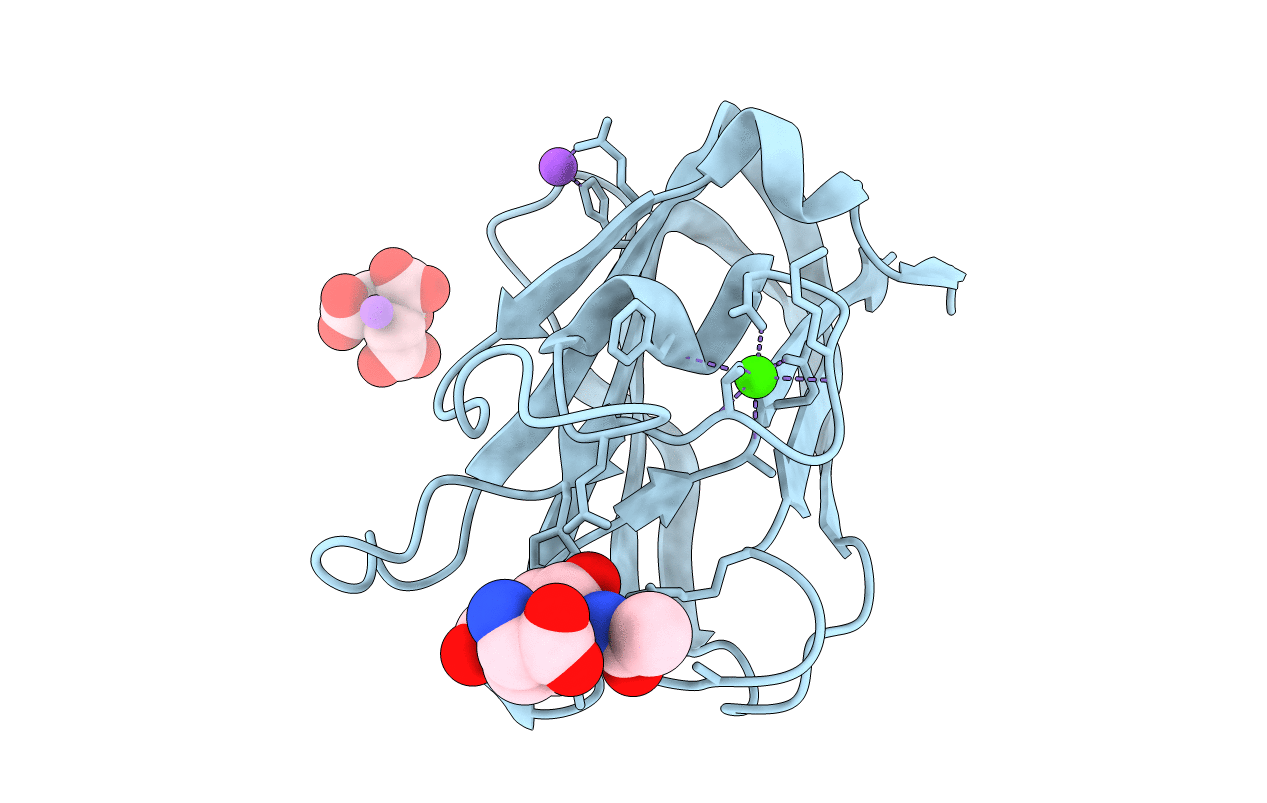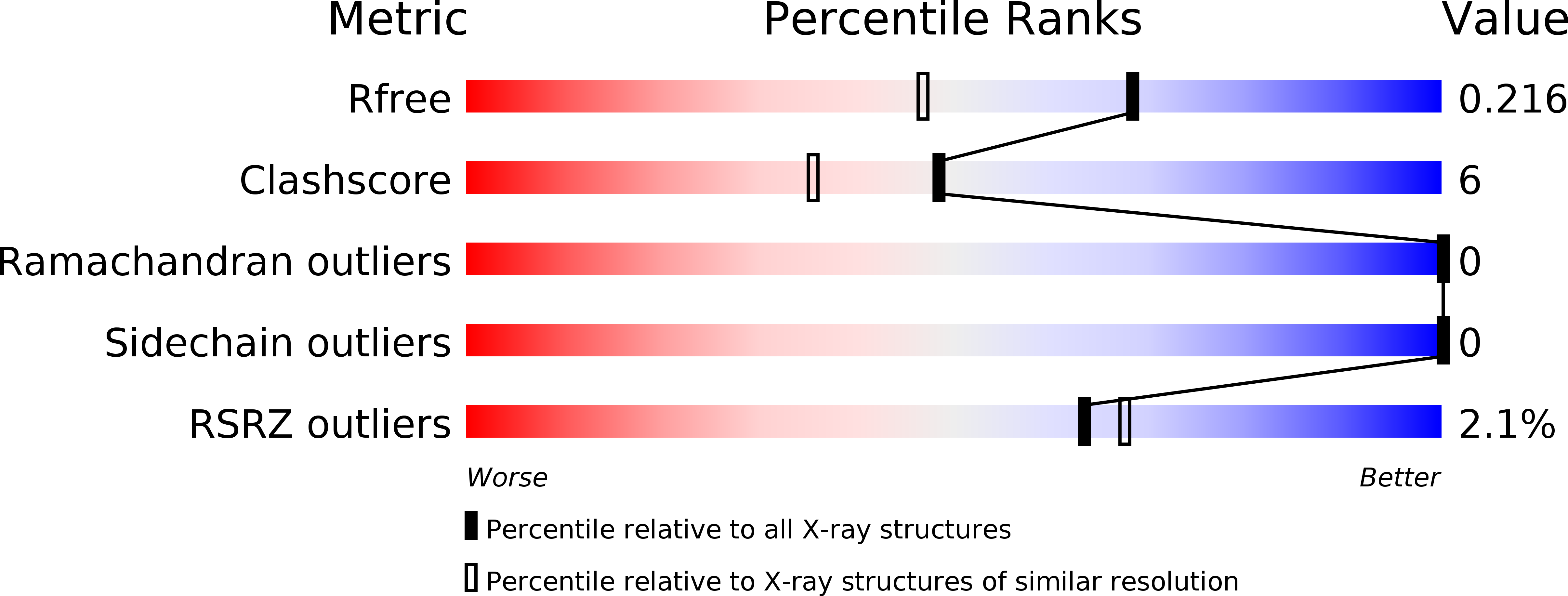
Deposition Date
2011-10-06
Release Date
2012-04-04
Last Version Date
2024-06-19
Entry Detail
PDB ID:
4A44
Keywords:
Title:
CpGH89CBM32-5, from Clostridium perfringens, in complex with the Tn Antigen
Biological Source:
Source Organism:
Clostridium perfringens (Taxon ID: 1502)
Host Organism:
Method Details:
Experimental Method:
Resolution:
1.70 Å
R-Value Free:
0.22
R-Value Work:
0.18
R-Value Observed:
0.18
Space Group:
P 21 21 21


